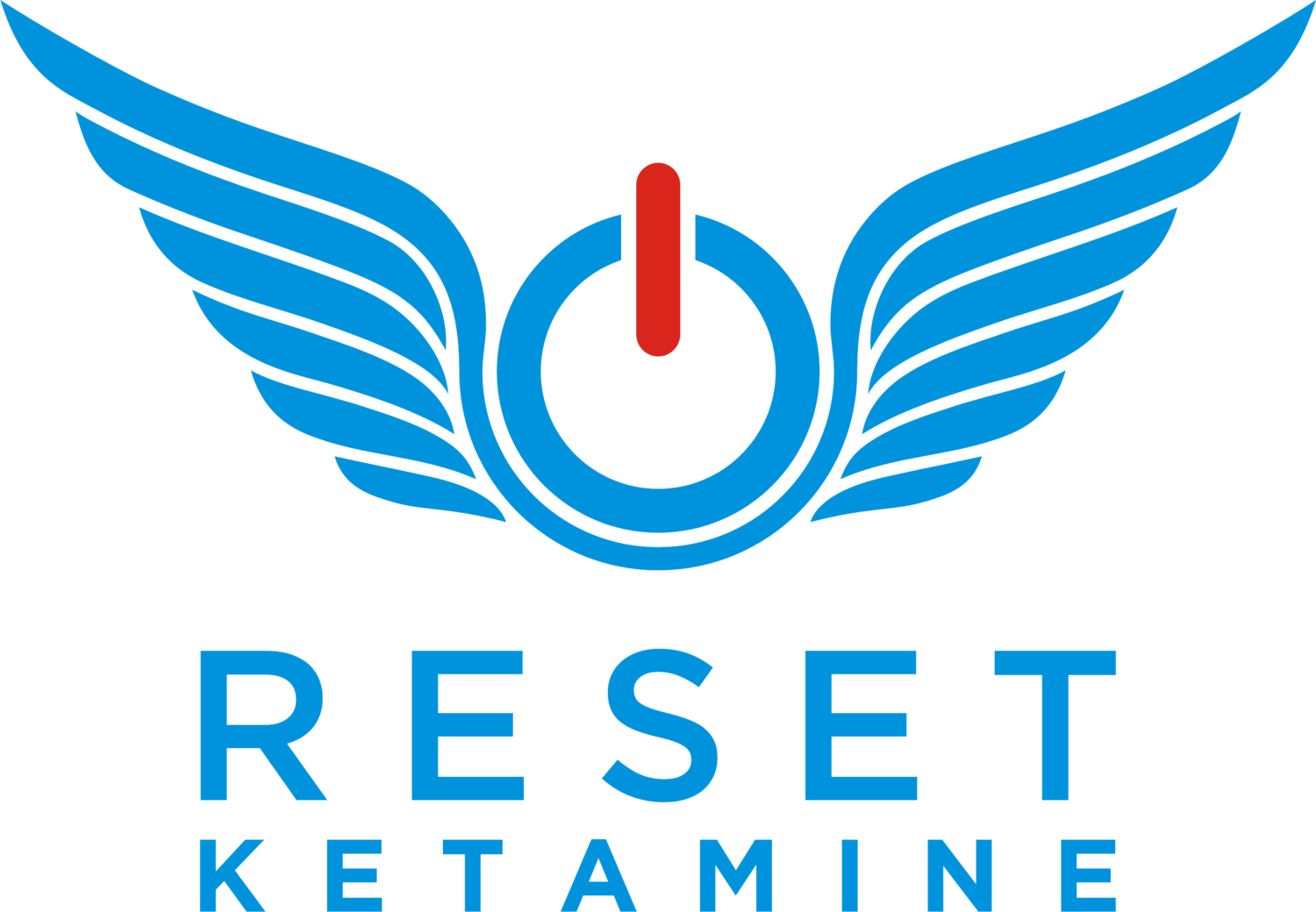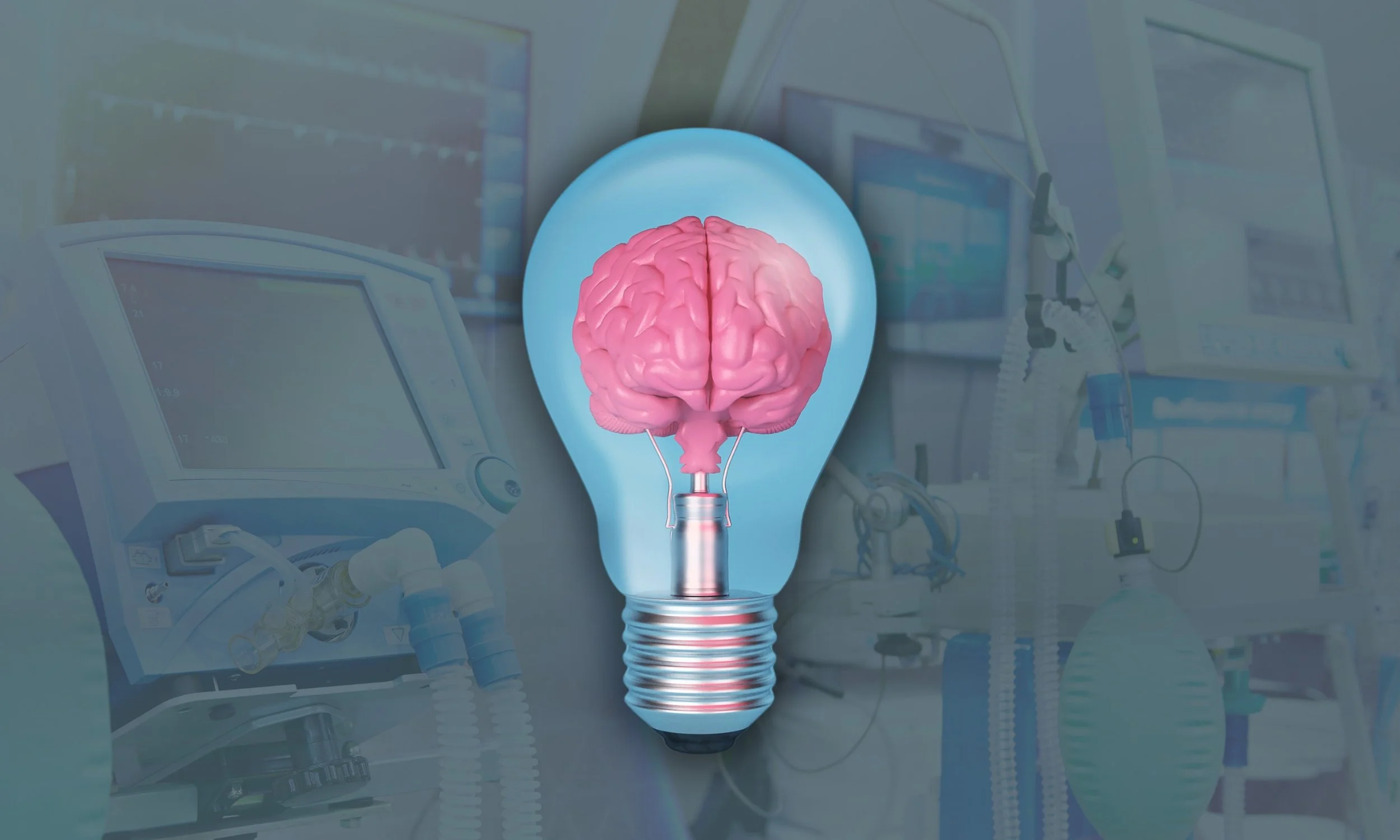Ketamine infusions can be rapidly effective & transformational for people with treatment-resistant depression. As you are probably aware, ketamine works rapidly on the glutamatergic system via blockade of the NMDA receptor. This leads to a cascade of intracellular and extracellular events leading to neurogenesis, neuroplasticity, and decreased connection to the default mode network.
Accordingly, scientists have called ketamine, “The biggest breakthrough for depression research in the past 50 years.” However, there are some patients who don’t improve with ketamine. In this blog post, we address some reasons why ketamine may not be working for some patients.
Medications:
There are some medications that are known to reduce the effectiveness of therapeutic ketamine treatments. The two main culprits are benzodiazepines and lamotrigine. If you are taking these medications, then it may be playing a significant factor reducing the effectiveness of ketamine treatments. Accordingly, you will want to speak with your doctor about reducing the doses and/or tapering the medication slowly.
CAUTION: Always consult your physician before adjusting or stopping any medications.
2. Appropriate Dose:
Ketmaine’s effectiveness has an upside down U-shaped curve. The goal is to aim for a dose that is not too low, but at the same time a dose that is not too high. It’s the Goldilocks principle of ketamine treatment. You have to find the optimal dose of ketamine which is ideal for you in collaboration with your ketamine specialist. At Reset Ketamine, we custom tailor each dose to our patients to find this optimal dose to get the maximal benefits at each session.
3. Preparation:
Preparation is one of the crucial missing ingredients at some ketamine treatment centers. Ketamine can create a profound non-ordinary state of consciousness and ideally patients will be fully prepared prior to the session. The choices & actions that one takes before the appointment can influence the experience tremendously. For example, if someone watches a horror film the night before the ketamine treatment, this could impact the ketamine experience the next day. Accordingly, prior to each ketamine infusion, we recommend to our patients that they prepare for at least 5 days prior to the treatment since it can be an ineffable experience.
Read more here about preparing for a ketamine treatment here.
4. Set and Setting:
Having an intention prior to receiving the ketamine infusions will play a significant role in the session. The intention is like setting the GPS coordinates prior to a long road trip. Furthermore, the context and environment one receives ketamine is very important. Are you checking your social media feed as you undergo your infusions? Do you feel safe? Do you trust the staff providing ketamine treatments? Is it too cold or too warm? What music is playing? What does it smell like at the clinic? All of these factors will play a role in the experiential component of the treatment.
Read more about the set & setting here.
5. Integration:
What happens in between the session and after the ketamine treatments are of utmost importance. Although ketamine treatments can be quite transformational, it is only one part of a holistic treatment. This means taking actions that further support healing. For example, talking with a therapist, removing oneself from toxic relationships, limiting time on social media/news, getting good sleep, daily exercise, and/or eating a healthy diet. Integration is the homework that is crucial to utilizing ketamine as a catalyst for long term sustainability.
6. Number of Sessions:
Some people will get 1 or 2 treatments and feel remarkably improved. But for others, some don’t notice any changes until session 5 or 6. It’s important to be patient with yourself and the treatments. Getting ketamine treatments are more like a plant growing, rather than turning on/off a light switch. When you plant a seed in the ground and come back the next day expecting it to sprout immediately, this may be unrealistic. Similarly, giving yourself time to grow and heal can be incredibly helpful. While each treatment session can be like fertilizer for neurons and synaptic connections, it’s important to allow the brain & mind the time and space to slowly flourish on its own timeline.
7. Non-Responders:
Although we wish ketamine was effective for every single patient with a 100% response rate, that is simply not the case. Depending upon the study, up to 20-40% of patients are “non-responders” after the 6 initial ketamine studies. If you don’t respond to ketamine, you may fall into this category of a non-responders, and there may be NO reason why. Although at our clinic, our rate of improvement is 81%, (defined as a 50% or greater reduction in symptoms after the initiation series), 1 out of 5 people don’t improve significantly.
What To Do If Intravenous Ketamine Treatments Don’t Work?
First off, don’t lose hope because there are still many options to consider. Ketamine treatments are only one tool amongst the arsenal of mental health treatments. For example, transcranial magnetic stimulation (TMS), electroconvulsive therapy (ECT), different medications, cognitive behaviour therapy (CBT), eye movement desensitization & reprocessing (EMDR), and much more. What works for one person, may not work for another due to individual & genetic differences. Continually working closely with doctors & specialists to figure out which treatments will be the most beneficial & effective can be a lifelong process. Remember, to keep going, learning, and being open as there innovation happening even as you read this post right now.















Dr. Ko shares a personal update following a car bomb explosion that damaged their ketamine clinic, along with three practical resilience tools that are helping during this challenging time. Learn about the FMA mnemonic for focusing on what you can control, the Stoic philosophy of amor fati for accepting and finding meaning in difficult circumstances, and the shrimp shell metaphor for embracing growth through discomfort.